Buzzlamp Funny Descriptions of Everyday Things
The things that we use in everyday life have become such intrinsic parts of our routine that we stopped wondering why they are the way that they are a long time ago. Sometimes even without fully understanding them. So, Bored Panda took a closer look at some of the most common items to show just how much thought was put into designing them. Hopefully, this will allow you to unlock their full potential!
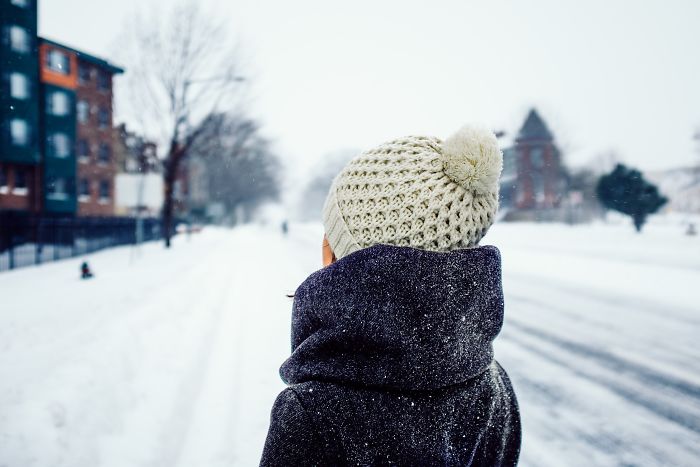 The pom-poms on beanies and other hats. They might look cute and fluffy now but they had an actual function before. French sailors used to wear hats with pom-poms so that they wouldn't hurt their heads on the ceilings of the ship during rough weather.
The pom-poms on beanies and other hats. They might look cute and fluffy now but they had an actual function before. French sailors used to wear hats with pom-poms so that they wouldn't hurt their heads on the ceilings of the ship during rough weather.
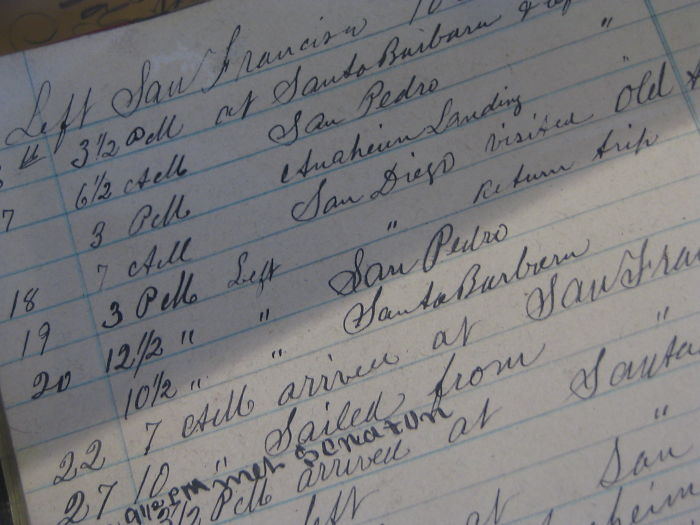 Notebook margins. Remember the horror of realizing that "college ruled" notebook paper meant slimmer margins, and therefore left room for more writing? Well, believe it or not, those margins weren't invented as a guide for how many sentences you could fit onto one page, or even to leave space for note-taking. Manufacturers began to apply margins to writing paper for the purpose of protecting your work. Earlier on in history, rats were a common resident in many people's homes, and one of their favorite snacks was your paper, in addition to everything else they could munch on. Applying wide margins to paper safeguarded against losing important work by leaving blank spaces around the edges for the rats to chew through first, and to protect the writing on the outer edges from general wear and tear.
Notebook margins. Remember the horror of realizing that "college ruled" notebook paper meant slimmer margins, and therefore left room for more writing? Well, believe it or not, those margins weren't invented as a guide for how many sentences you could fit onto one page, or even to leave space for note-taking. Manufacturers began to apply margins to writing paper for the purpose of protecting your work. Earlier on in history, rats were a common resident in many people's homes, and one of their favorite snacks was your paper, in addition to everything else they could munch on. Applying wide margins to paper safeguarded against losing important work by leaving blank spaces around the edges for the rats to chew through first, and to protect the writing on the outer edges from general wear and tear.
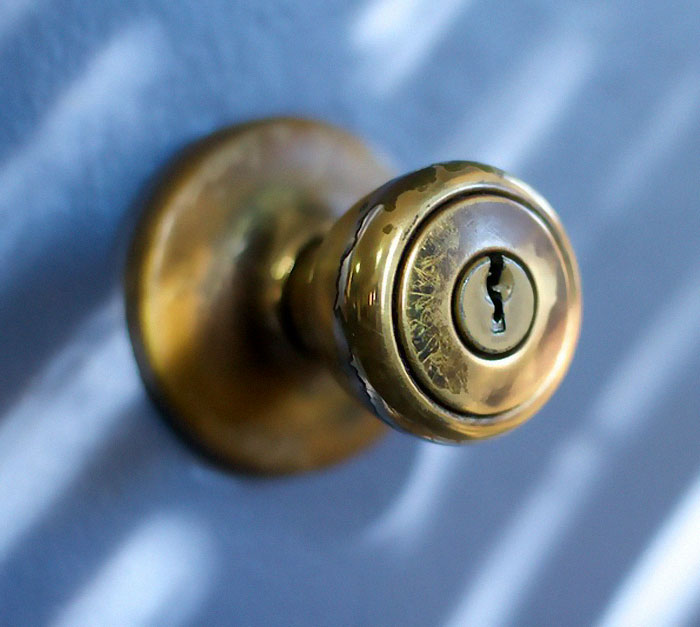 A lot of doorknobs are made out of brass because it destroys bacteria. So, these types of doorknobs are essentially germ-proof. Perfect in a household with lots of kids.
A lot of doorknobs are made out of brass because it destroys bacteria. So, these types of doorknobs are essentially germ-proof. Perfect in a household with lots of kids.
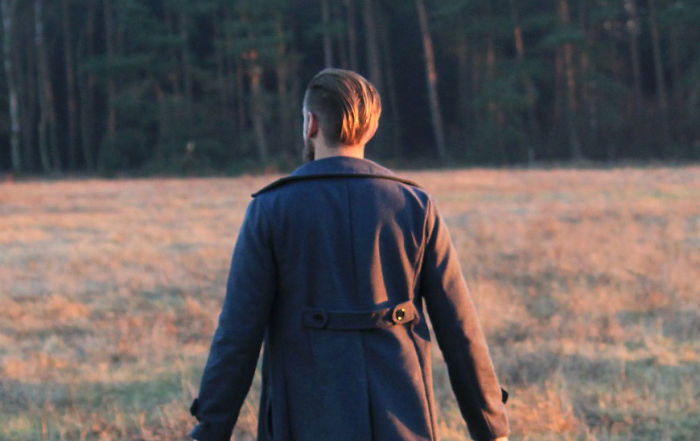 The half-belt on coats and jackets. Nowadays, half-belts are added to clothes mostly for the sake of style. However, they were originally used on oversized military jackets that doubled as blankets to gather up all the extra material so that soldiers could walk without stumbling.
The half-belt on coats and jackets. Nowadays, half-belts are added to clothes mostly for the sake of style. However, they were originally used on oversized military jackets that doubled as blankets to gather up all the extra material so that soldiers could walk without stumbling.
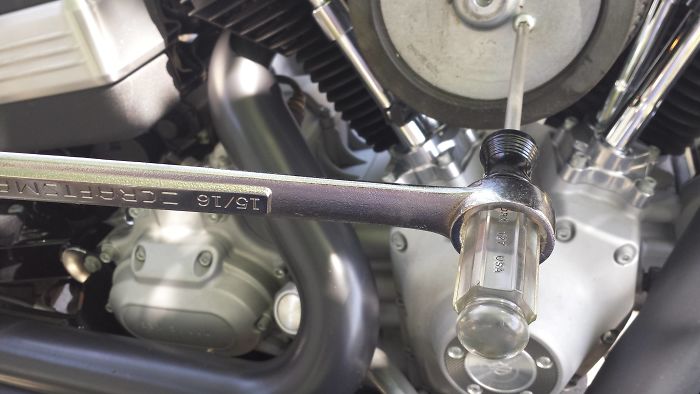 You can use your screwdrivers as wrenches as well. A lot of screwdrivers can be easily slid through a wrench and are used to create more torque. This feature is especially helpful at complicated heights and angles.
You can use your screwdrivers as wrenches as well. A lot of screwdrivers can be easily slid through a wrench and are used to create more torque. This feature is especially helpful at complicated heights and angles.
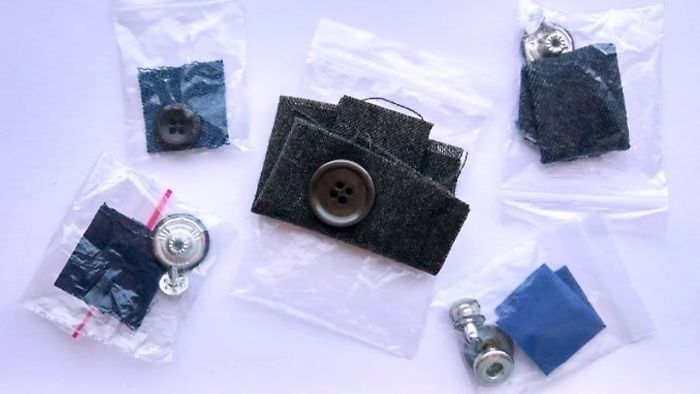 The fabric swatch. If you're curious about the world of fashion like we are, then you've probably wondered about those tiny squares of fabric with buttons in small Ziploc bags that come with new clothes. Sure, you can use the button to replace a missing one and you can use the piece of fabric to patch up a hole. But the main purpose of the fabric swatch is for you to test out different cleaning products on it so you won't ruin your clothes.
The fabric swatch. If you're curious about the world of fashion like we are, then you've probably wondered about those tiny squares of fabric with buttons in small Ziploc bags that come with new clothes. Sure, you can use the button to replace a missing one and you can use the piece of fabric to patch up a hole. But the main purpose of the fabric swatch is for you to test out different cleaning products on it so you won't ruin your clothes.
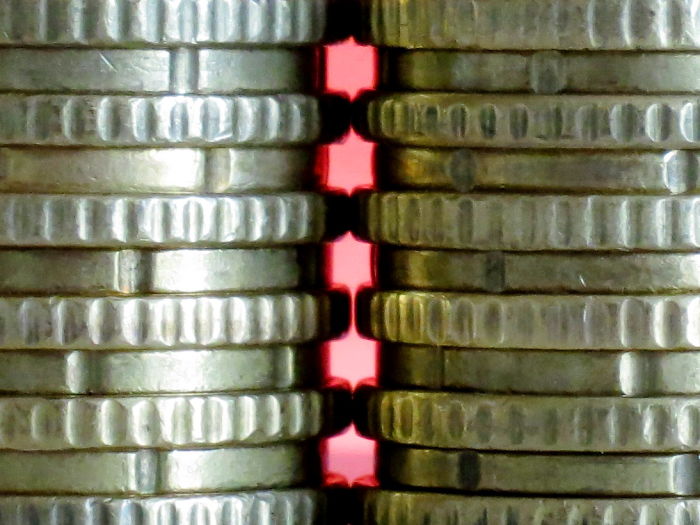 The ridges on the edges of some coins. Ridge patterns on coins are a relic of the past when precious metal coins would be as valuable as their weight. However, some sneaky rogues would shave off the edges of coins and use that metal to mint new coins while spending the shaved coins as if they didn't weigh less. The ridges were added so it would be obvious when somebody had shaved off parts of a coin and was trying to cheat the system.
The ridges on the edges of some coins. Ridge patterns on coins are a relic of the past when precious metal coins would be as valuable as their weight. However, some sneaky rogues would shave off the edges of coins and use that metal to mint new coins while spending the shaved coins as if they didn't weigh less. The ridges were added so it would be obvious when somebody had shaved off parts of a coin and was trying to cheat the system.
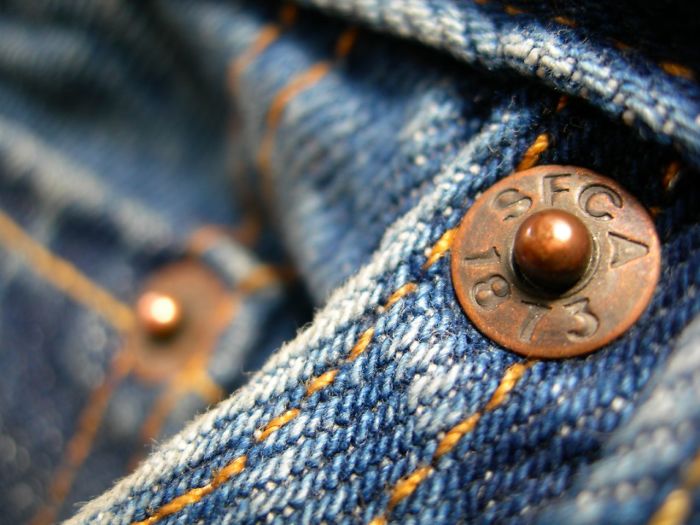 The tiny buttons on your jeans. These buttons are known as rivets and they're the silent heroes that make your pants last longer. They're placed in the areas that are most likely to tear from movement or strain and help hold the fabric together.
The tiny buttons on your jeans. These buttons are known as rivets and they're the silent heroes that make your pants last longer. They're placed in the areas that are most likely to tear from movement or strain and help hold the fabric together.
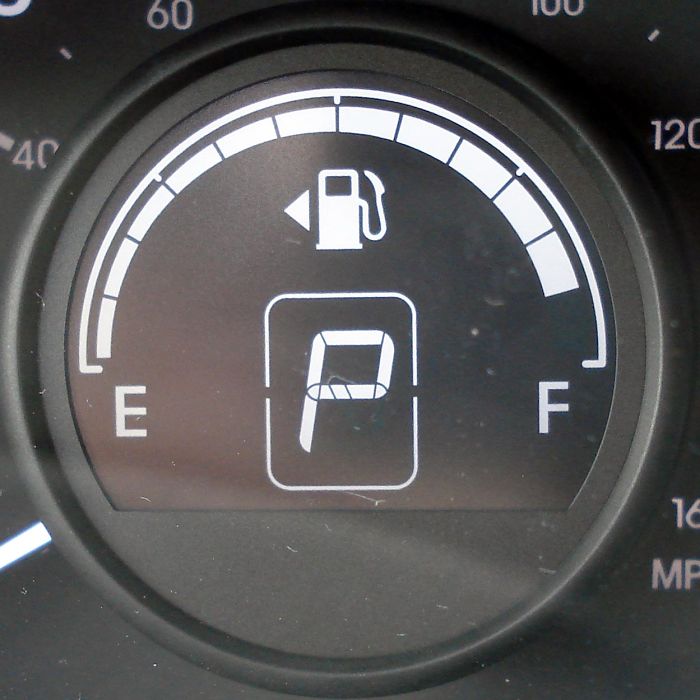 The little arrow-like symbol on a dashboard. It's not only you who, upon arrival at a gas station, has had to work hard at remembering which side your gas tank is on. It turns out, the answer has been right in front of you.Every dashboard has a little symbol—an arrow or a triangle—placed near the gas gauge. It indicates precisely that which you forgot: which side your gas tank is on. If the arrow is pointing left, look for the filler cap there. If it is pointing right, you know what to do.
The little arrow-like symbol on a dashboard. It's not only you who, upon arrival at a gas station, has had to work hard at remembering which side your gas tank is on. It turns out, the answer has been right in front of you.Every dashboard has a little symbol—an arrow or a triangle—placed near the gas gauge. It indicates precisely that which you forgot: which side your gas tank is on. If the arrow is pointing left, look for the filler cap there. If it is pointing right, you know what to do.
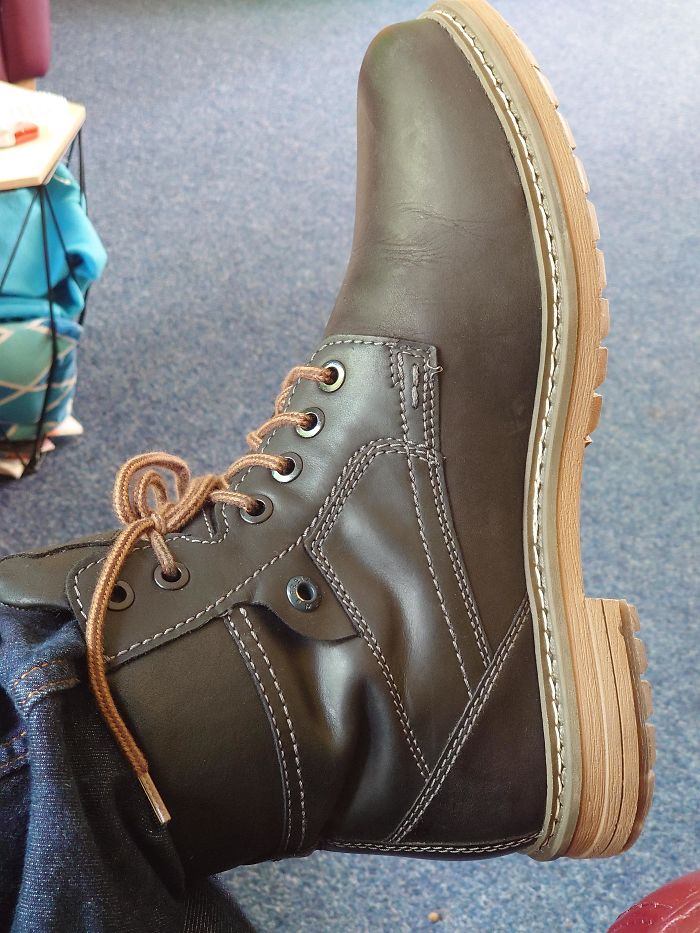 The extra eyelets on shoes. If you loop your laces through them, then you tighten the shoe around your ankle and prevent the shoe from moving around. This way you increase the stability of the shoe, decrease impact loading rates, and prevent your foot from moving about while climbing or descending hills and trails. It's great for jogging and hiking!
The extra eyelets on shoes. If you loop your laces through them, then you tighten the shoe around your ankle and prevent the shoe from moving around. This way you increase the stability of the shoe, decrease impact loading rates, and prevent your foot from moving about while climbing or descending hills and trails. It's great for jogging and hiking!
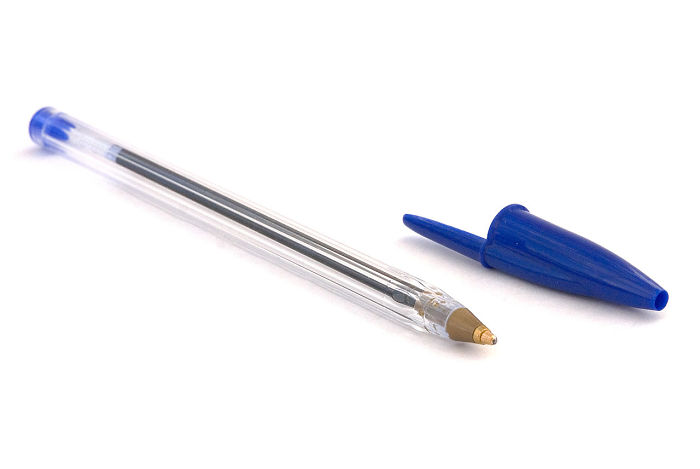 The holes in pen caps. Some people can't help but chew the caps of their pens (tip: don't do this). However, it's a potential health hazard because you might swallow it and choke. The holes in the caps allow people to breathe in case that happens.
The holes in pen caps. Some people can't help but chew the caps of their pens (tip: don't do this). However, it's a potential health hazard because you might swallow it and choke. The holes in the caps allow people to breathe in case that happens.
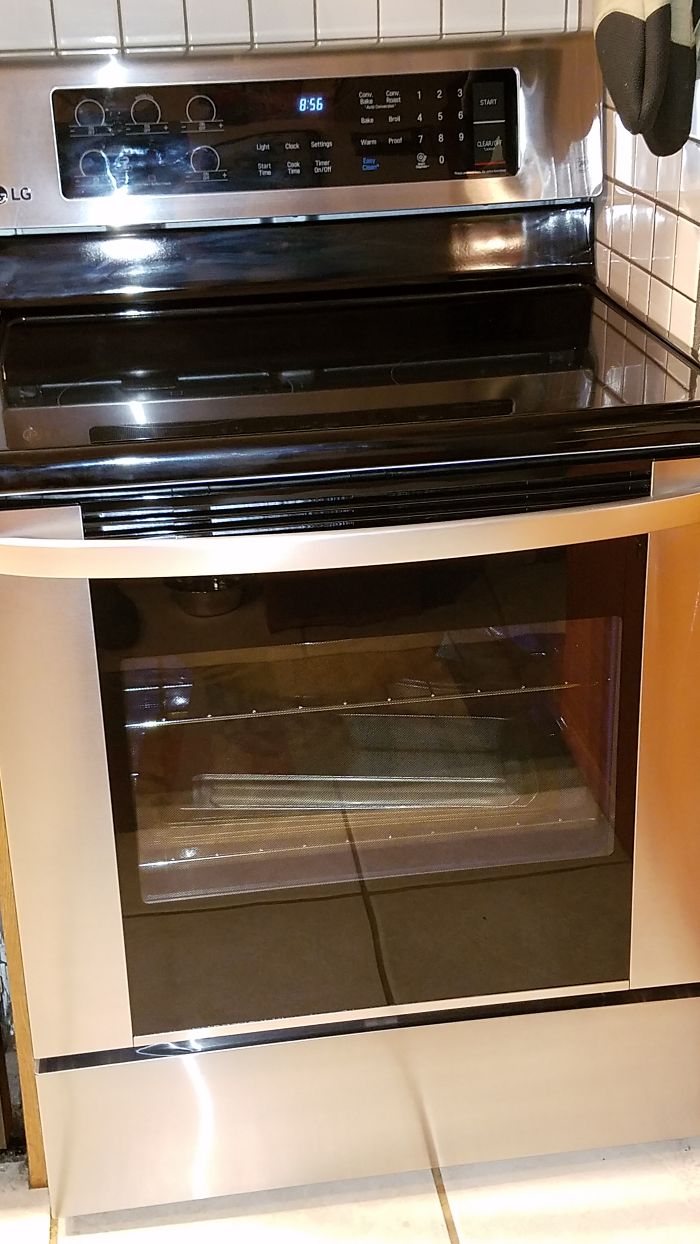 Remember that drawer under your oven? The one where you keep your kitchen gear that doesn't belong anywhere else? It wasn't actually designed for that. Manufacturers originally made that drawer for keeping food warm until you were ready to serve it. Now tell us how many people do you know who actually do this.
Remember that drawer under your oven? The one where you keep your kitchen gear that doesn't belong anywhere else? It wasn't actually designed for that. Manufacturers originally made that drawer for keeping food warm until you were ready to serve it. Now tell us how many people do you know who actually do this.
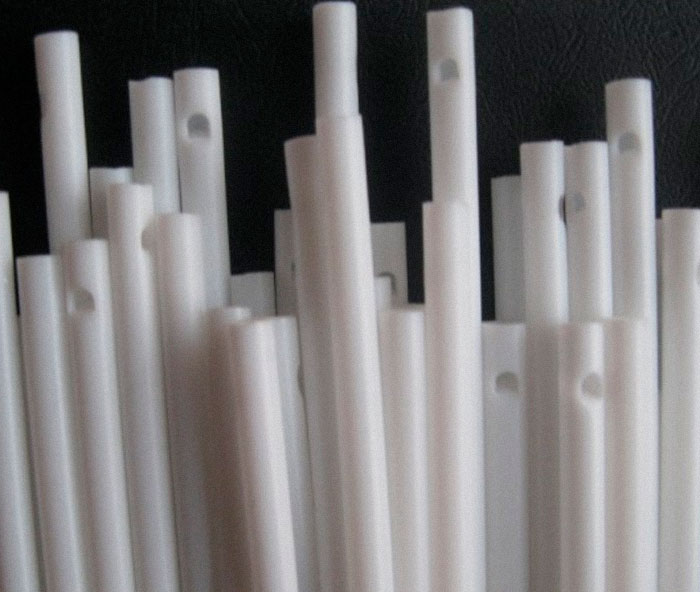 The hole at the top of a lollipop stick. The Hole At The Top Of A Lollipop Stick. This weird little hole emerging after you finish a candy has been bugging us for years. Who would ever put a whistle there if it doesn't work?! It turns out, the reason for this lollipop stick hole has to do with manufacturing. When pouring hot, molten caramel into the mold, some of it seeps into this hole and hardens. It allows the candy to stay on the stick and not to fall off.
The hole at the top of a lollipop stick. The Hole At The Top Of A Lollipop Stick. This weird little hole emerging after you finish a candy has been bugging us for years. Who would ever put a whistle there if it doesn't work?! It turns out, the reason for this lollipop stick hole has to do with manufacturing. When pouring hot, molten caramel into the mold, some of it seeps into this hole and hardens. It allows the candy to stay on the stick and not to fall off.
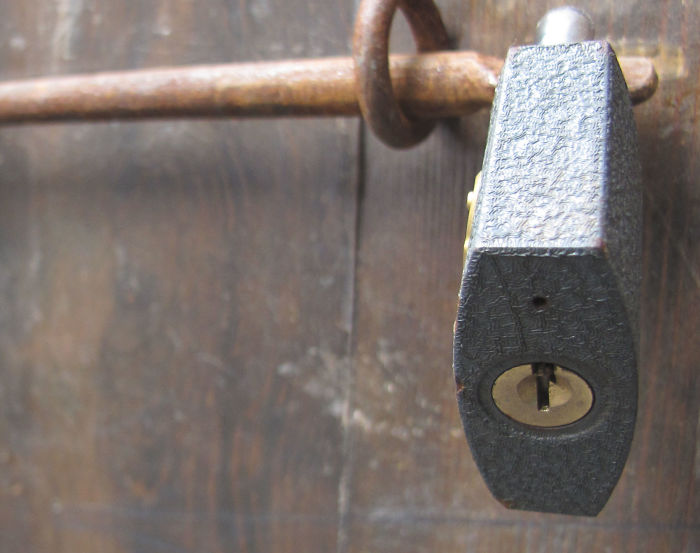 The small holes on locks. They help drain water from locks which stop it from rusting and clogging up with gunk. You can also use the hole to oil the lock's inner mechanism and keep it in tip-top shape.
The small holes on locks. They help drain water from locks which stop it from rusting and clogging up with gunk. You can also use the hole to oil the lock's inner mechanism and keep it in tip-top shape.
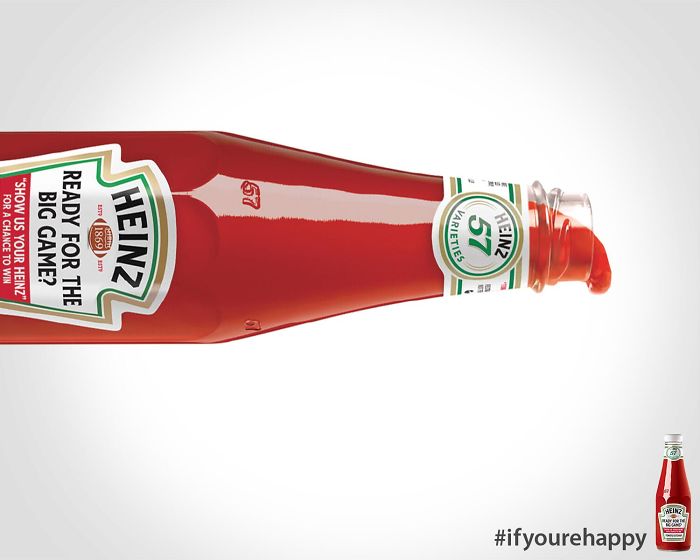 The number "57" on a Heinz bottle. Apparently, the embossed number "57" on Heinz's bottle is what the company's spokesperson calls a soft spot. "All you need to do is apply a firm tap where the bottle narrows, and the ketchup will come out easier." No need to punch that bottle too much!
The number "57" on a Heinz bottle. Apparently, the embossed number "57" on Heinz's bottle is what the company's spokesperson calls a soft spot. "All you need to do is apply a firm tap where the bottle narrows, and the ketchup will come out easier." No need to punch that bottle too much!
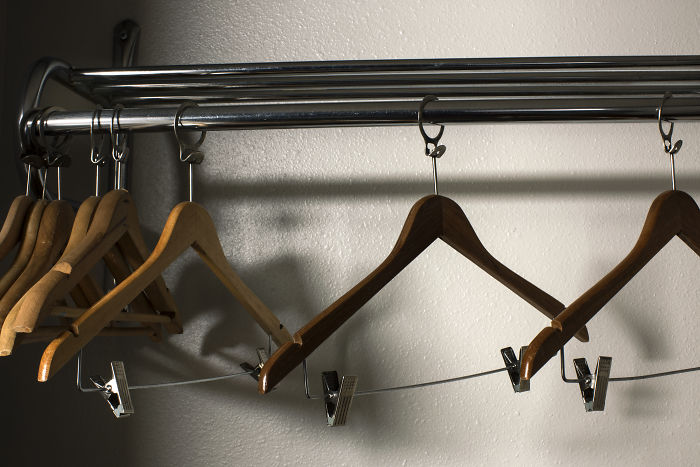 You might think that wooden coat hangers are simply a fancier version of the ones made from plastic or wire. But in reality, they actually have a unique purpose to them. These closet hangers aren't just made from any wood. They're from cedarwood, which is known to repel bugs and moths. Not to mention its refreshing scent and durability. These hangers are perfect for heavy clothing that is susceptible to damage from insects, such as coats and jackets or dresses. Especially those that were made from wool.
You might think that wooden coat hangers are simply a fancier version of the ones made from plastic or wire. But in reality, they actually have a unique purpose to them. These closet hangers aren't just made from any wood. They're from cedarwood, which is known to repel bugs and moths. Not to mention its refreshing scent and durability. These hangers are perfect for heavy clothing that is susceptible to damage from insects, such as coats and jackets or dresses. Especially those that were made from wool.
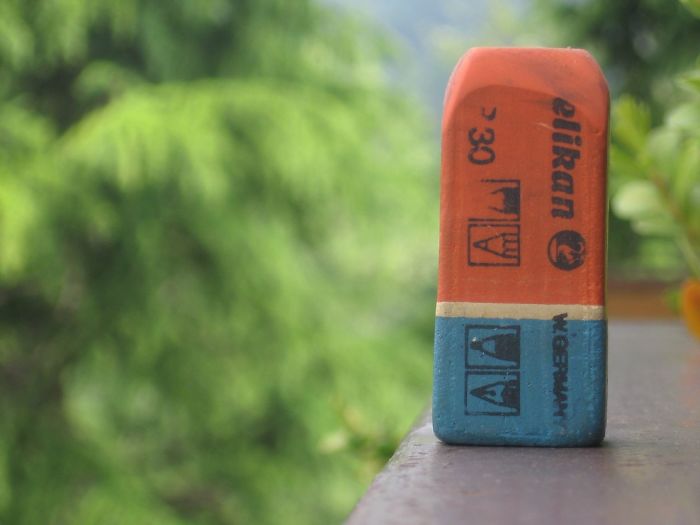 Double-colored erasers. The different-colored sides are used to erase marks made by different pencils on different types of paper. While the soft pinkish-orange side is used for light grades of paper and lighter pencil marks, the blue side is meant for grainier, tougher paper and darker marks. The blue side was later promoted for removing pen marks because a lot of people didn't understand what it was meant for.
Double-colored erasers. The different-colored sides are used to erase marks made by different pencils on different types of paper. While the soft pinkish-orange side is used for light grades of paper and lighter pencil marks, the blue side is meant for grainier, tougher paper and darker marks. The blue side was later promoted for removing pen marks because a lot of people didn't understand what it was meant for.
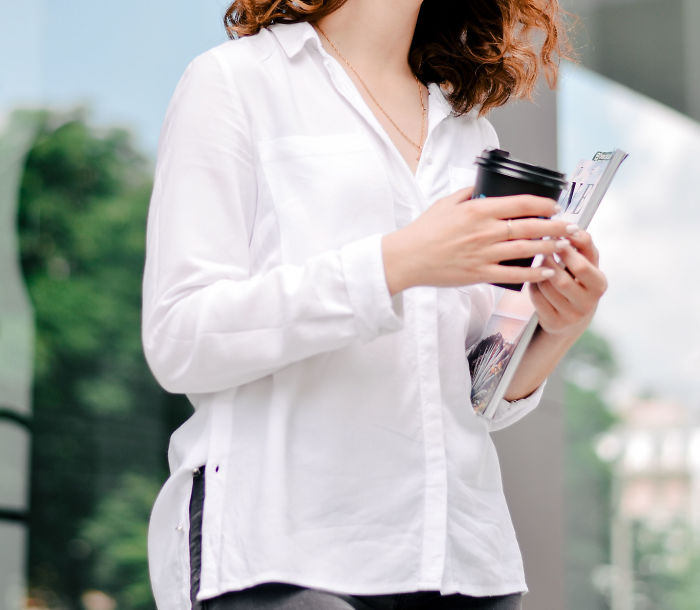 Aside from the obvious use for buttons, you might have wondered why the ones women's shirts are on the left. Especially when you consider that most people are right-handed. Turns out, putting the buttons on the left of clothes is an old tradition carried over from a time when buttons represented your social and financial status. If you owned buttons, you probably were being dressed by a chambermaid, and the buttons on your left were on her right when she was facing you.
Aside from the obvious use for buttons, you might have wondered why the ones women's shirts are on the left. Especially when you consider that most people are right-handed. Turns out, putting the buttons on the left of clothes is an old tradition carried over from a time when buttons represented your social and financial status. If you owned buttons, you probably were being dressed by a chambermaid, and the buttons on your left were on her right when she was facing you.
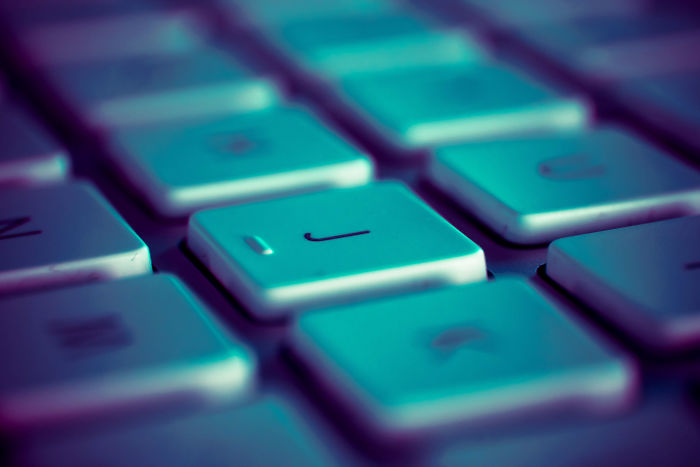 The ridges on the "F" and "J" keys on the keyboard. They help your fingers find their location on the keyboard. This way you can type without having to glance down much easier.
The ridges on the "F" and "J" keys on the keyboard. They help your fingers find their location on the keyboard. This way you can type without having to glance down much easier.
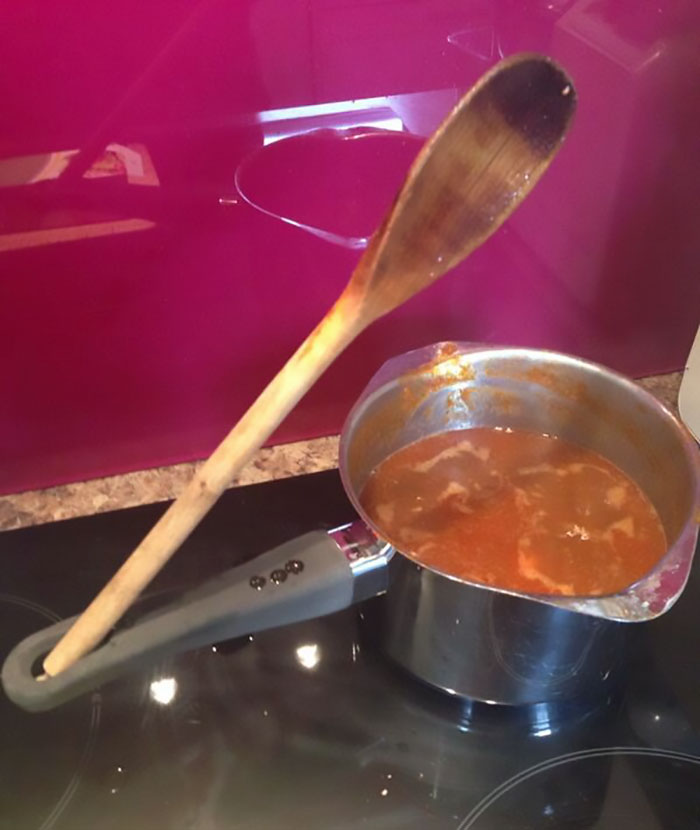 The holes in the handles of utensils. Sure, they're great when you want to hang your pan or pot on a wall but they're also perfect for holding spoons and ladles while cooking. That way, you won't get your kitchen counter messy!
The holes in the handles of utensils. Sure, they're great when you want to hang your pan or pot on a wall but they're also perfect for holding spoons and ladles while cooking. That way, you won't get your kitchen counter messy!
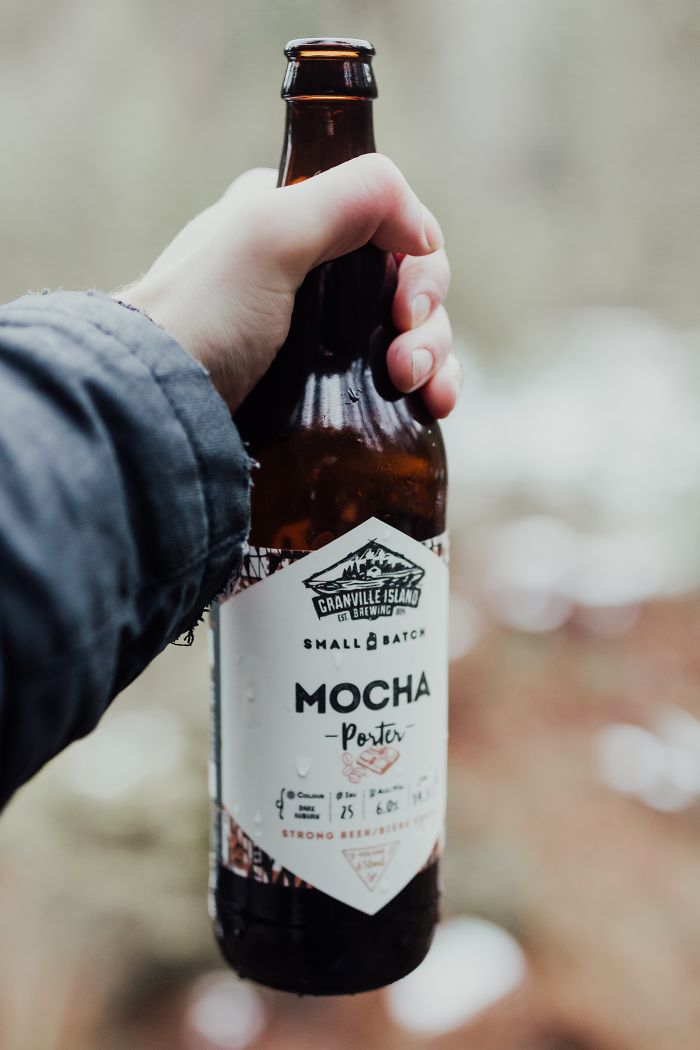 Long bottle-necks. The shape of a beer or a soda bottle is so familiar, nobody would think twice about it. But it turns out this long bottleneck is shaped this way on purpose.According to "Interesting Engineering," such a design allows packers to seal off the top with a small bottle cap, reducing the size of the seal and thus saving money. Plus, it's practical, since a small seal on a beverage container is stronger and more reliable than one which covers a larger area.
Long bottle-necks. The shape of a beer or a soda bottle is so familiar, nobody would think twice about it. But it turns out this long bottleneck is shaped this way on purpose.According to "Interesting Engineering," such a design allows packers to seal off the top with a small bottle cap, reducing the size of the seal and thus saving money. Plus, it's practical, since a small seal on a beverage container is stronger and more reliable than one which covers a larger area.
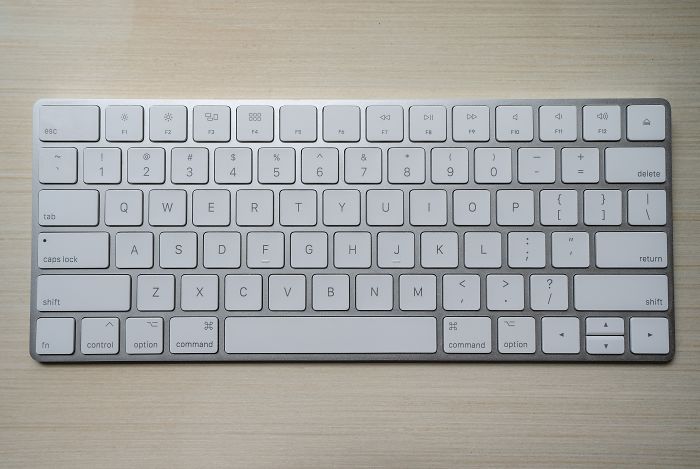 Have you ever wondered why keyboard letters are arranged the way they are? To find the answer to this question, we need to take a look at the first keyboard ever invented. It belonged to the typewriter. Originally, keys were arranged in alphabetical order but typists got so good at their job that they would end up typing too fast and the key "arms" would get cross-wired and stuck. So, keyboard manufacturers had to randomize the order of keys to intentionally slow down typists to keep the machine running, and we haven't changed it back to this day.
Have you ever wondered why keyboard letters are arranged the way they are? To find the answer to this question, we need to take a look at the first keyboard ever invented. It belonged to the typewriter. Originally, keys were arranged in alphabetical order but typists got so good at their job that they would end up typing too fast and the key "arms" would get cross-wired and stuck. So, keyboard manufacturers had to randomize the order of keys to intentionally slow down typists to keep the machine running, and we haven't changed it back to this day.
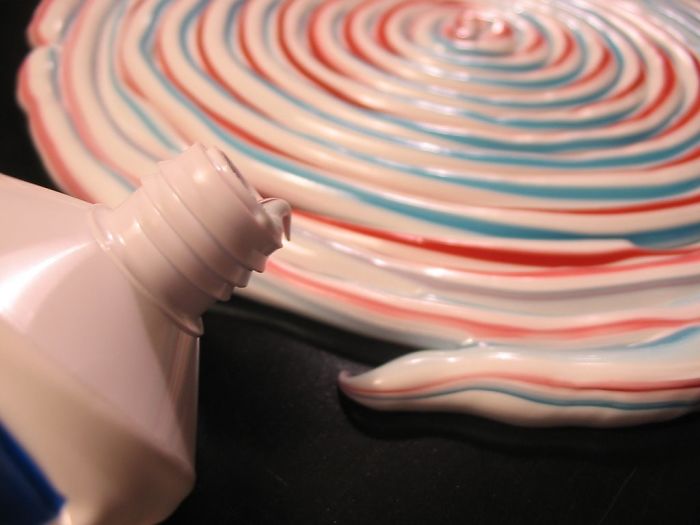 In the 1970s, cleaning the mouth to keep it healthy wasn't enough; people wanted something in the toothpaste to freshen the breath, too. Aquafresh answered the call by adding in a blue stripe to their paste to indicate that it could do both. After people began paying more attention to the health of their gums, the brand added a 3rd red stripe to their product, indicating that their paste now had triple action; cleaning, freshening, and plaque control. Even though solid white toothpaste offers the same benefits, companies continue to add stripes to their paste because it still sells.
In the 1970s, cleaning the mouth to keep it healthy wasn't enough; people wanted something in the toothpaste to freshen the breath, too. Aquafresh answered the call by adding in a blue stripe to their paste to indicate that it could do both. After people began paying more attention to the health of their gums, the brand added a 3rd red stripe to their product, indicating that their paste now had triple action; cleaning, freshening, and plaque control. Even though solid white toothpaste offers the same benefits, companies continue to add stripes to their paste because it still sells.
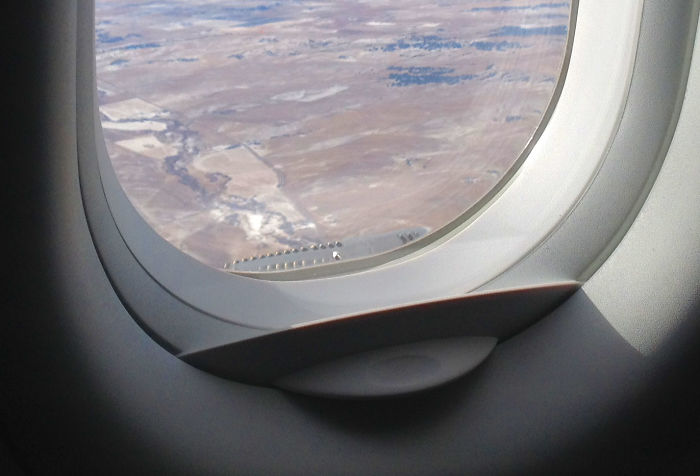 If you fly a lot, then maybe you've rolled over the possible uses for the tiny hole in your airplane window a time or two before. It actually serves two purposes: first, it allows airflow through to keep from too much pressure building in the plane and busting the window as it rises in altitude, and second, it keeps the windows from fogging up with all the warm breath of the passengers.
If you fly a lot, then maybe you've rolled over the possible uses for the tiny hole in your airplane window a time or two before. It actually serves two purposes: first, it allows airflow through to keep from too much pressure building in the plane and busting the window as it rises in altitude, and second, it keeps the windows from fogging up with all the warm breath of the passengers.
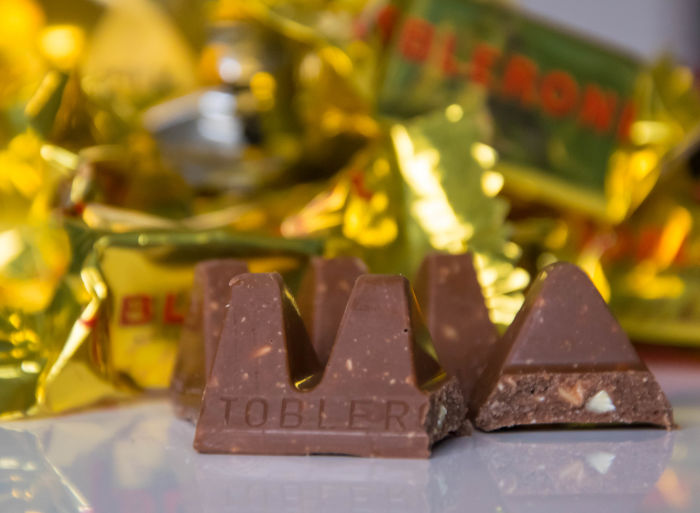 The delicious Toblerone candy bar was first manufactured in Switzerland, so it is easy to see why people assume that the odd triangular shape of the candy bar is a shout out to the Swiss Alps. Actually, the design of the chocolate bar is all about function, not aesthetic. The pieces are in triangles so that if you press on one of them with your thumb, it will snap off easily and leave you with the perfect sized serving.
The delicious Toblerone candy bar was first manufactured in Switzerland, so it is easy to see why people assume that the odd triangular shape of the candy bar is a shout out to the Swiss Alps. Actually, the design of the chocolate bar is all about function, not aesthetic. The pieces are in triangles so that if you press on one of them with your thumb, it will snap off easily and leave you with the perfect sized serving.
These nylon bristles play with your mind and make you keep your feet away from the escalator's skirt panels, hence avoiding accidents.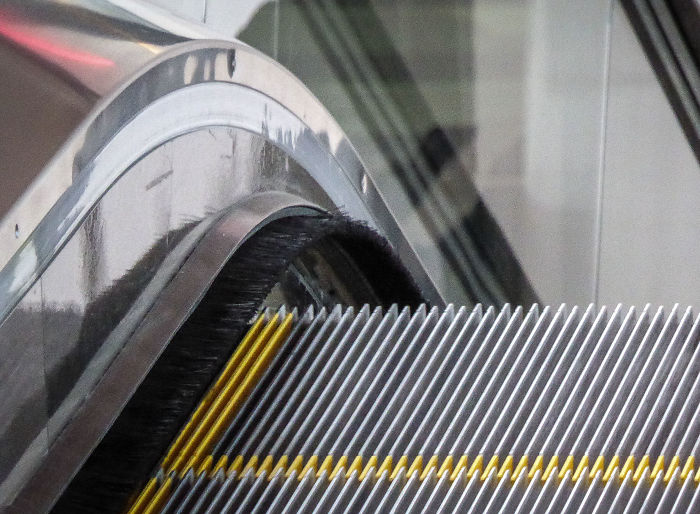 The brushes on the sides of escalators aren't for polishing your shoes. You may have been using these escalator brushes to clean your shoes, however, these bristles are actually a big safety feature. One of the biggest reasons for escalator mishaps is people getting their clothes and bags stuck in them when they stand too close to the sides.
The brushes on the sides of escalators aren't for polishing your shoes. You may have been using these escalator brushes to clean your shoes, however, these bristles are actually a big safety feature. One of the biggest reasons for escalator mishaps is people getting their clothes and bags stuck in them when they stand too close to the sides.
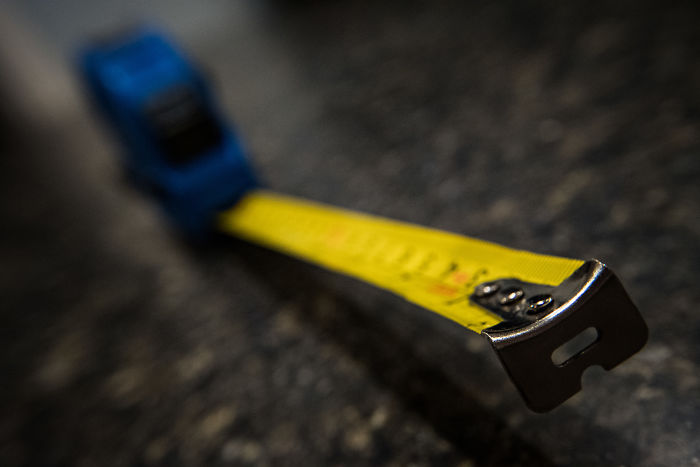 The little slot at the end of measuring tape. Most measuring tapes come with a metal stub with a small slot on the end. In case all your hands are full, hang the slot on a nail for measurement. If you look closely, you will also notice that the stub is slightly serrated on one side. It can be used to mark the points without a pencil.
The little slot at the end of measuring tape. Most measuring tapes come with a metal stub with a small slot on the end. In case all your hands are full, hang the slot on a nail for measurement. If you look closely, you will also notice that the stub is slightly serrated on one side. It can be used to mark the points without a pencil.
 A teeny-tiny pocket that's seemingly pointless. If you're wearing a good ol' pair of jeans, chances are it has a teeny-tiny pocket above the regular pockets on the front. The same place where you get your thumb stuck now and then. It was originally meant to tuck in a hand watch. Levi's points out it has served more purposes throughout the years, like storing coins, matches, and tickets.
A teeny-tiny pocket that's seemingly pointless. If you're wearing a good ol' pair of jeans, chances are it has a teeny-tiny pocket above the regular pockets on the front. The same place where you get your thumb stuck now and then. It was originally meant to tuck in a hand watch. Levi's points out it has served more purposes throughout the years, like storing coins, matches, and tickets.
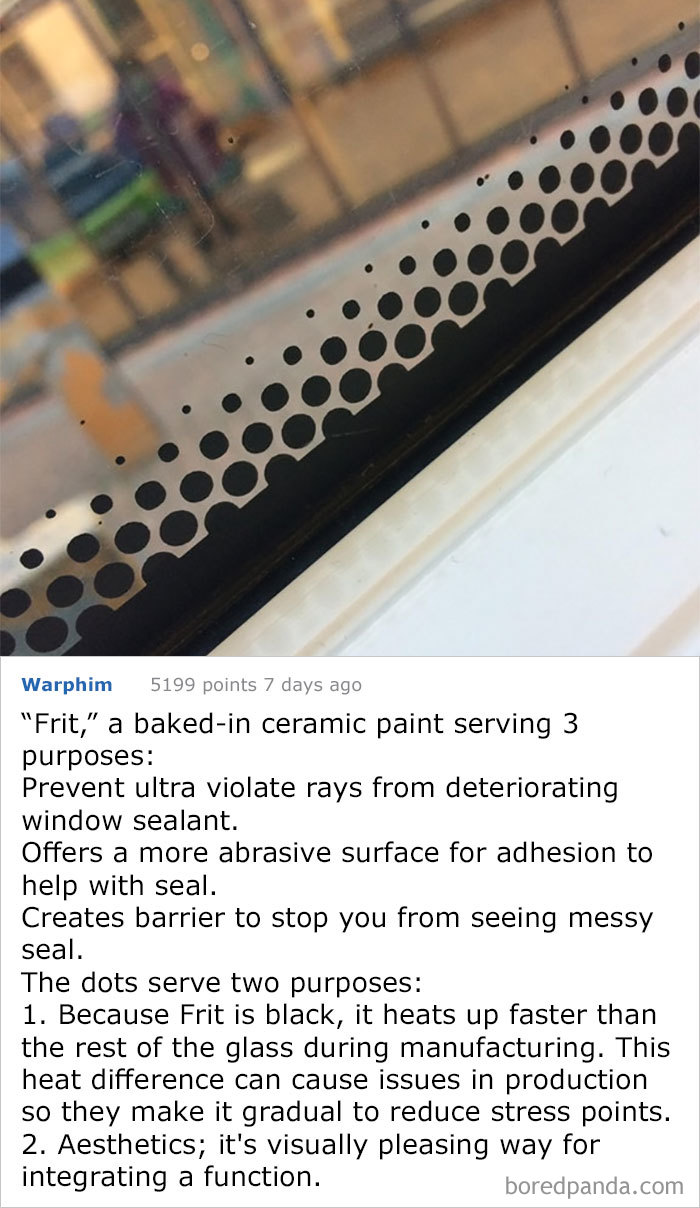 What Are These Circles On A Window Of A Bus And What Do They Do?
What Are These Circles On A Window Of A Bus And What Do They Do?
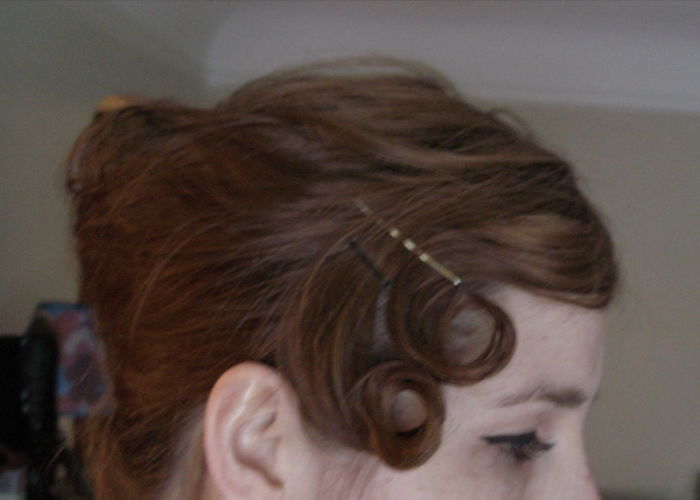 When you see a person with bobby pins in their hair, they're usually wavy side up. This is because they probably assume the curves in the pin are there for fashion. The true purpose for the little waves, however, is to grip the pin into place by catching it to the underlying bulk of hair. In other words, wavy side down.
When you see a person with bobby pins in their hair, they're usually wavy side up. This is because they probably assume the curves in the pin are there for fashion. The true purpose for the little waves, however, is to grip the pin into place by catching it to the underlying bulk of hair. In other words, wavy side down.
Note: this post originally had 51 images. It's been shortened to the top 30 images based on user votes.
Source: https://www.boredpanda.com/everyday-things-that-have-hidden-purpose/
0 Response to "Buzzlamp Funny Descriptions of Everyday Things"
Post a Comment